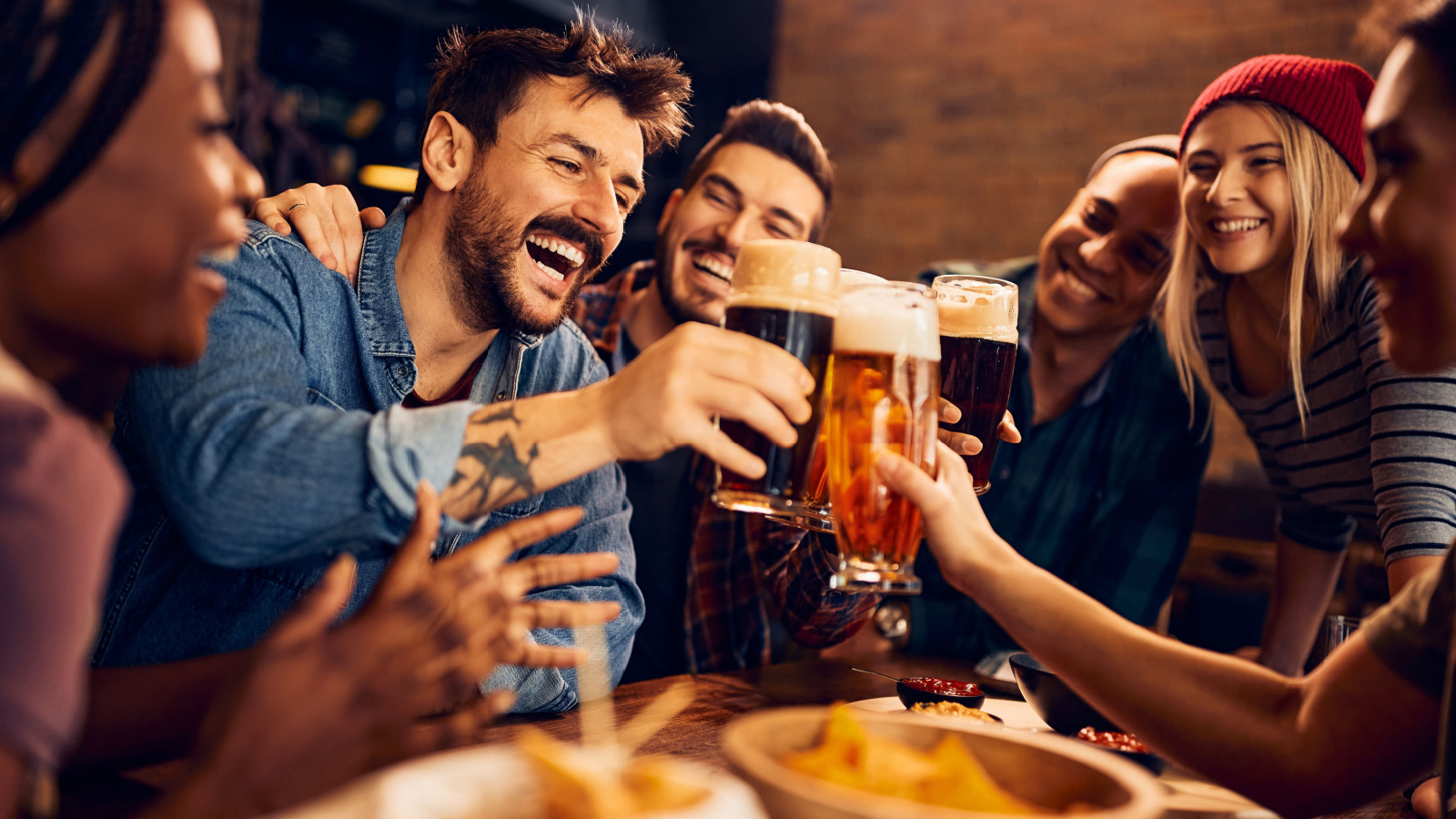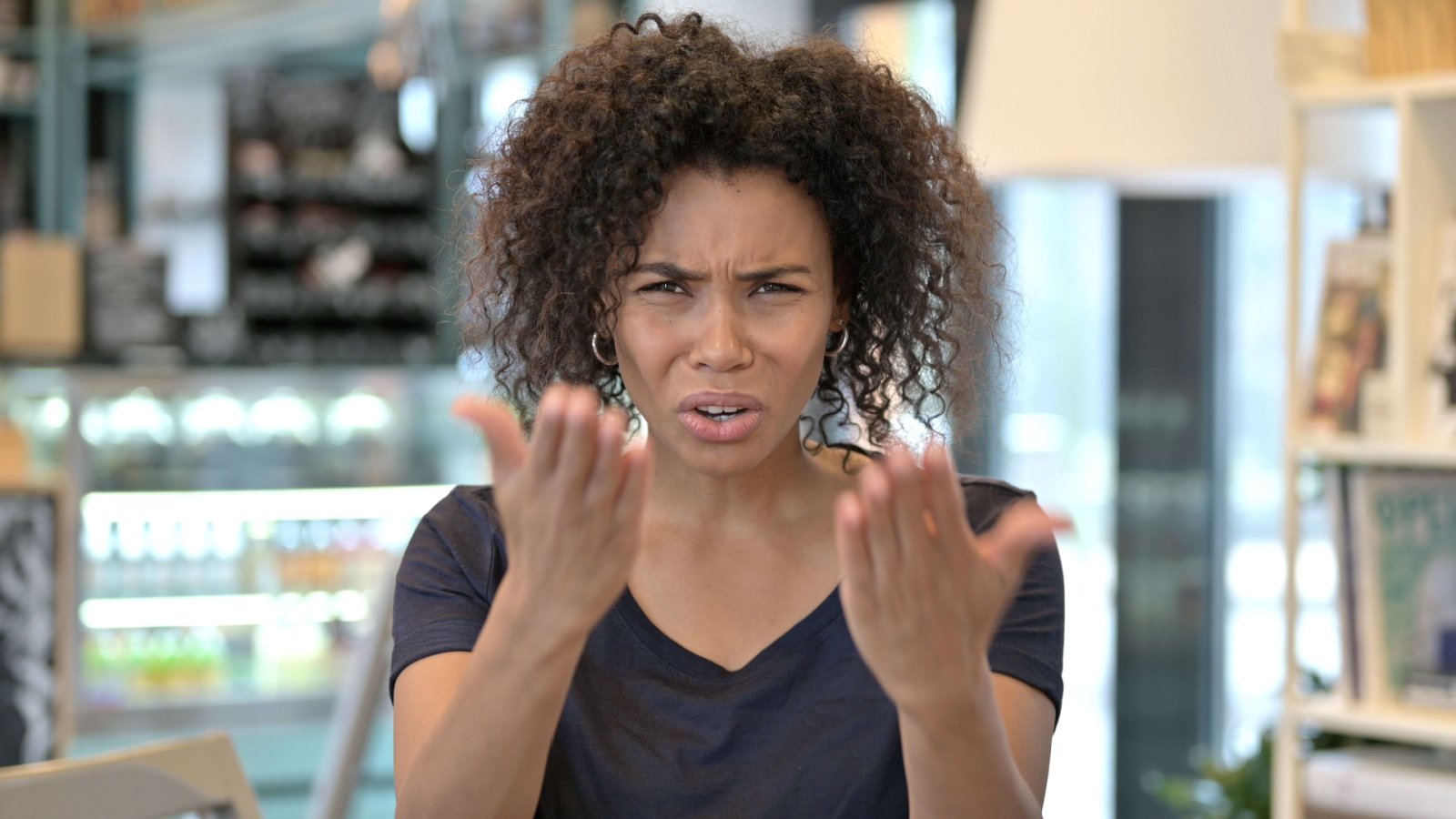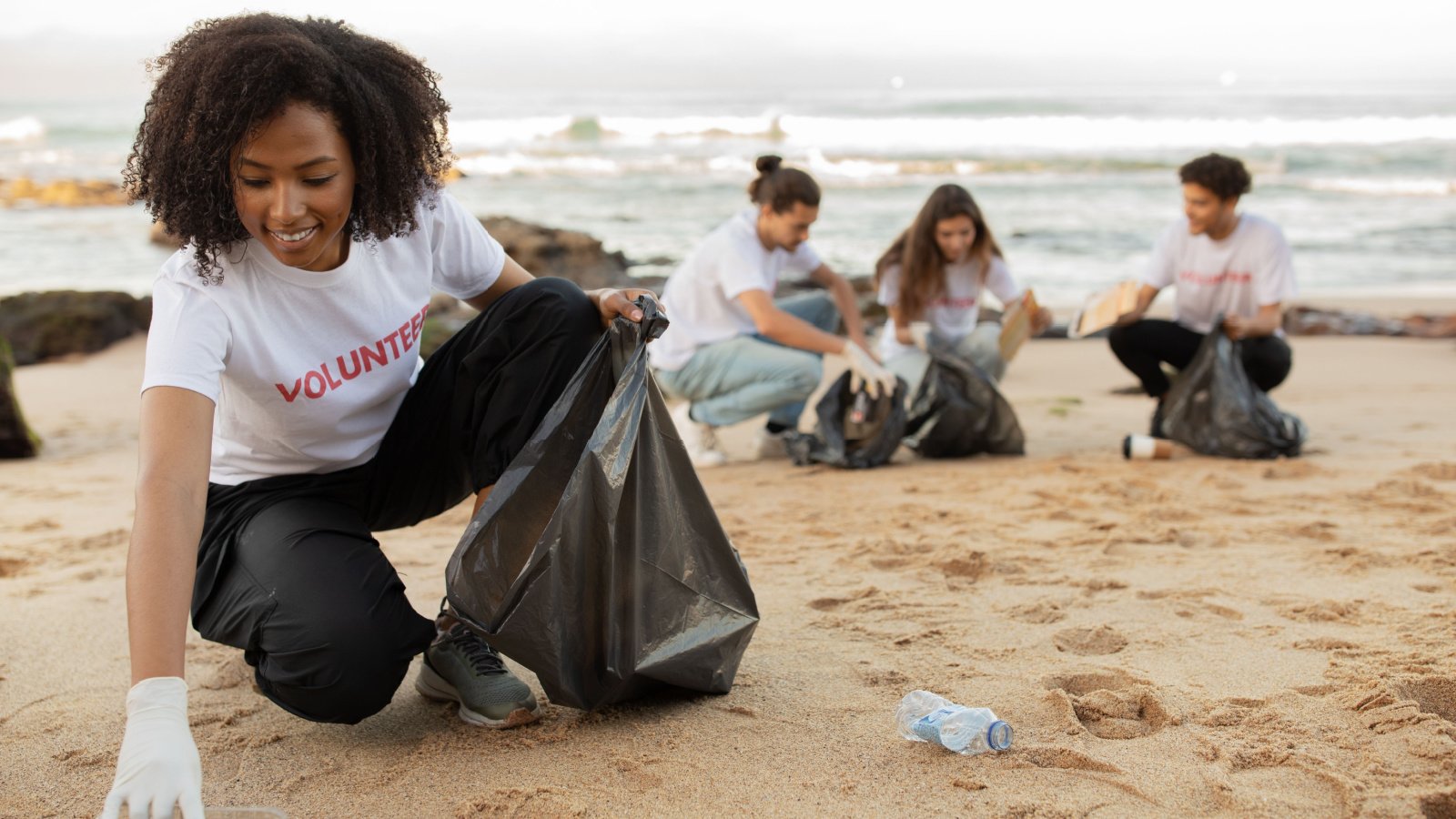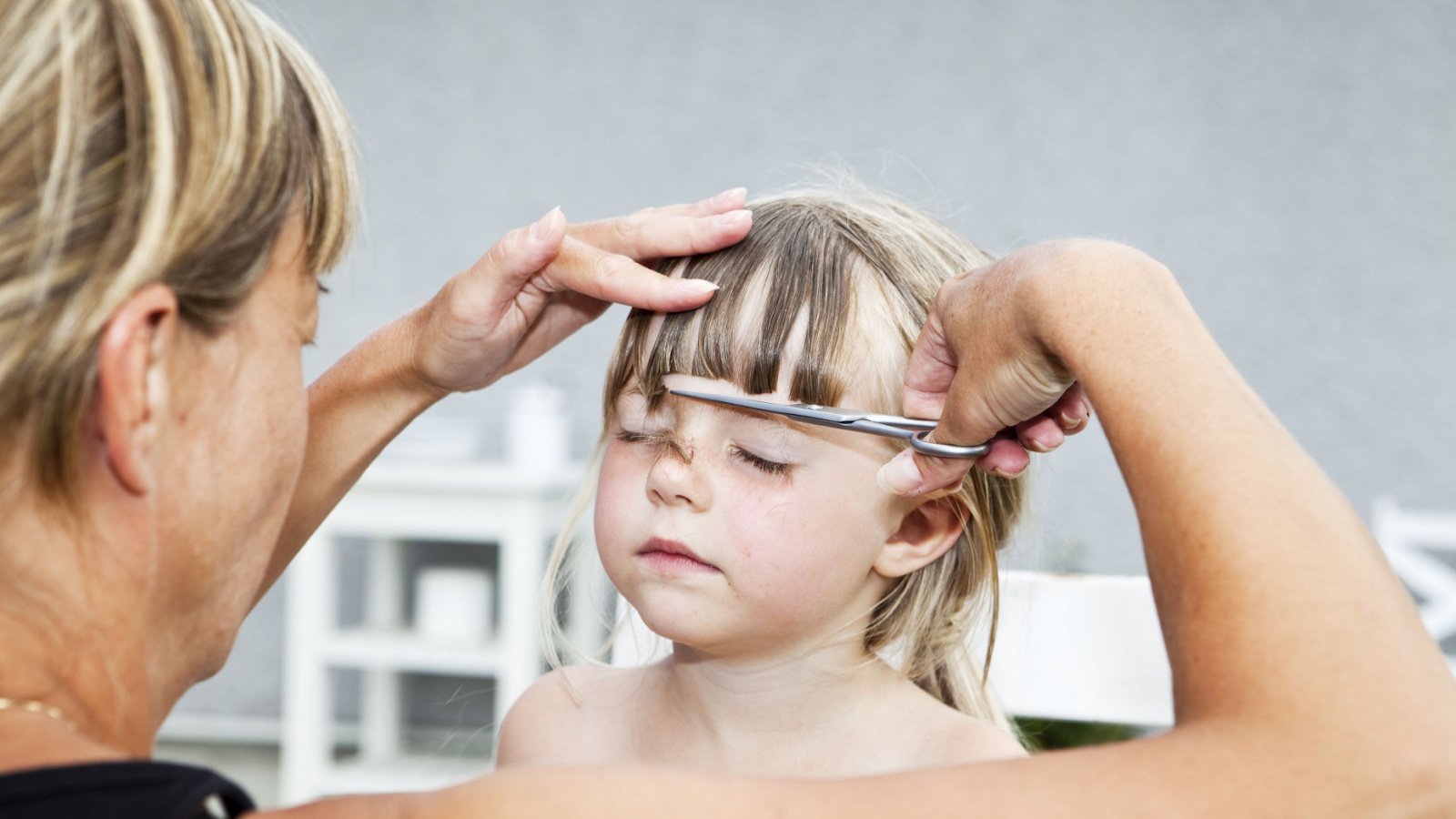Journey back to the neon-lit, synth-powered era of the 1980s with us, where big hair met even bigger social faux pas. We’ve unearthed relics of behavior that have since faded faster than your favorite pair of acid-wash jeans.
Smoking Indoors

Once a common sight in offices, restaurants, and even airplanes, lighting up a cigarette indoors was part of daily life. The haze of smoke-filled rooms where decisions were made and meals were enjoyed. Nowadays, the awareness of the health risks of secondhand smoke has extinguished this practice in public spaces. Smoking indoors has become a relic of the past, replaced by designated outdoor areas and a greater emphasis on public health.
Casual Sexism in the Workplace

In the ‘80s, comments and jokes that today would be considered blatantly sexist were often brushed off as banter. Offices were battlegrounds for gender equality, with women fighting to be taken seriously among their male counterparts. The evolution of workplace culture and stringent policies now guard against such behavior, fostering a more inclusive environment. The once-normalized locker room talk is now a subject of mandatory training sessions.
Drinking and Driving

The ‘80s hosted a more cavalier attitude towards drinking and driving, with DUI laws being far less strict and less enforced. It wasn’t uncommon to see someone leave a bar and get behind the wheel with little thought of the consequences. Today, the legal and social ramifications of such actions are severe, with awareness campaigns and legal penalties serving as strong deterrents.
Using Offensive Slang

The language that was once tossed around casually, including racial and homophobic slurs, has been recognized for its harmful impact. What was once ignorantly considered as “just words” is now understood to perpetuate stereotypes and inflict pain. This shift reflects a broader societal move towards empathy and respect for all individuals, regardless of background or identity.
Lack of Seatbelt Use

Buckling up wasn’t always the automatic action it is today; in the ‘80s, many viewed seatbelts as optional. The transformation from optional to mandatory seatbelt laws has undoubtedly saved countless lives. The casual disregard for this simple safety measure is now firmly in the past.
Unrestricted Sunbathing

Tanning was the ultimate goal, with sunbathers basking in the glory of what they believed was healthy, sun-kissed skin. Sunscreen, if used at all, was often low in SPF, and the dangers of UV exposure were widely underestimated. Today, the links between sun exposure, skin damage, and cancer have led to a surge in sun safety awareness. The once-coveted deep tan is now often replaced with a bottle of high SPF and a wide-brimmed hat.
Not Recycling

The concept of recycling was not as ingrained in daily life during the ‘80s as it is now. Trash bins swallowed everything, with little thought given to the environmental impact of such practices. Today, recycling is a fundamental part of waste management, taught to children from a young age and practiced diligently in most households. The throwaway culture of the ‘80s has been challenged by a growing awareness of environmental sustainability.
Making Light of Drinking Problems

Jokes about heavy drinking and being hungover were common, often minimizing the seriousness of alcohol addiction. The culture of the time often celebrated excessive drinking as a form of camaraderie or stress relief. Now, there’s a deeper understanding and sensitivity towards alcoholism and its impacts on individuals and families.
Ignoring Sexual Harassment

In the ‘80s, sexual harassment was often dismissed as harmless flirting or a misunderstanding, leaving many to suffer in silence. The seriousness of these actions was frequently downplayed, both in the workplace and in social settings. The #MeToo movement and other advocacy efforts have since illuminated the pervasive nature of this issue, leading to stricter policies and more open discussions.
Excessive Use of Aerosols

The use of aerosol sprays, from hair products to household cleaners, was rampant, with little concern for the ozone layer. The distinct hiss of aerosols was a soundtrack to daily routines, oblivious to the environmental harm. The discovery of the ozone layer’s depletion led to a dramatic shift in product formulation and consumer behavior. Environmentally friendly alternatives have since taken the place of ozone-depleting aerosols.
Wearing Real Fur

Flaunting a fur coat was once a status symbol, with little thought given to animal rights or welfare. The opulence associated with fur in the fashion industry overshadowed the ethical implications. Activism and a growing consciousness about animal cruelty have dramatically changed perspectives, making real fur far less socially acceptable. Faux fur and ethical fashion choices now lead the trend, aligning luxury with compassion.
Diet Fads and Body Shaming

The ‘80s were rife with extreme diet fads, promoting unrealistic body standards and often unhealthy weight loss methods. Magazines and media glorified thinness, contributing to widespread body shaming and eating disorders. Today, there’s a growing movement towards body positivity and health at every size, challenging the narrow beauty standards of the past. The conversation has shifted from diet culture to wellness and self-acceptance.
Ignoring Mental Health

Mental health was a taboo subject, often ignored or stigmatized, leaving many to suffer in silence. The ‘tough it out’ mentality prevailed, with little support or understanding for those struggling. The dialogue around mental health has since transformed, with increased awareness, resources, and open conversations about mental well-being.
Glamorizing Overwork

The ‘80s corporate culture often celebrated long hours and sacrificed personal life for career success, coining the term “workaholic.” This badge of honor ignored the toll on personal health and relationships. The modern emphasis on work-life balance and mental well-being marks a departure from this unsustainable ethos.
Disregarding Privacy

Before the digital age, personal boundaries and privacy were often overlooked, with personal information more freely shared or accessed. Privacy has since evolved, especially with the advent of the internet and social media. Laws and societal norms now protect personal information more rigorously, reflecting a greater appreciation for privacy.
Littering

Littering was not met with the same level of social condemnation as it is today. Streets, parks, and beaches were often left with the remnants of a day’s enjoyment without much thought for the environmental impact. Public campaigns and environmental education have since instilled a greater sense of responsibility toward maintaining clean public spaces. Littering has become socially unacceptable.
Gender-Specific Toys

Toy marketing in the’ 80s was heavily gendered, reinforcing traditional roles through play. Boys were steered towards action figures and construction sets, while girls were encouraged to nurture dolls. The toy industry is now moving towards inclusivity and gender neutrality, promoting creativity and interest without boundaries.
Unrestrained Corporate Pollution

Environmental regulations were less stringent, allowing corporations to pollute with little oversight or consequence. The detrimental impact of such practices on the planet has led to a global movement for sustainability and corporate responsibility. Companies are now held to higher standards, with the expectation of environmental stewardship as part of their operations. The reckless pollution of the past is now met with public outcry and legal action.
Ignoring Disability Rights

The ‘80s saw limited consideration for the rights and accessibility needs of disabled individuals. Public spaces, transportation, and employment sectors often lacked the necessary accommodations. The Americans with Disabilities Act of 1990 marked a significant turning point, setting a precedent for inclusivity and accessibility.
Acceptance of Public Intoxication

Public intoxication was often seen as humorous or a harmless result of a good time. The repercussions and disturbances caused by such behavior were frequently overlooked or minimized. Today, there’s a greater awareness of the impact of public intoxication on community safety and well-being.








